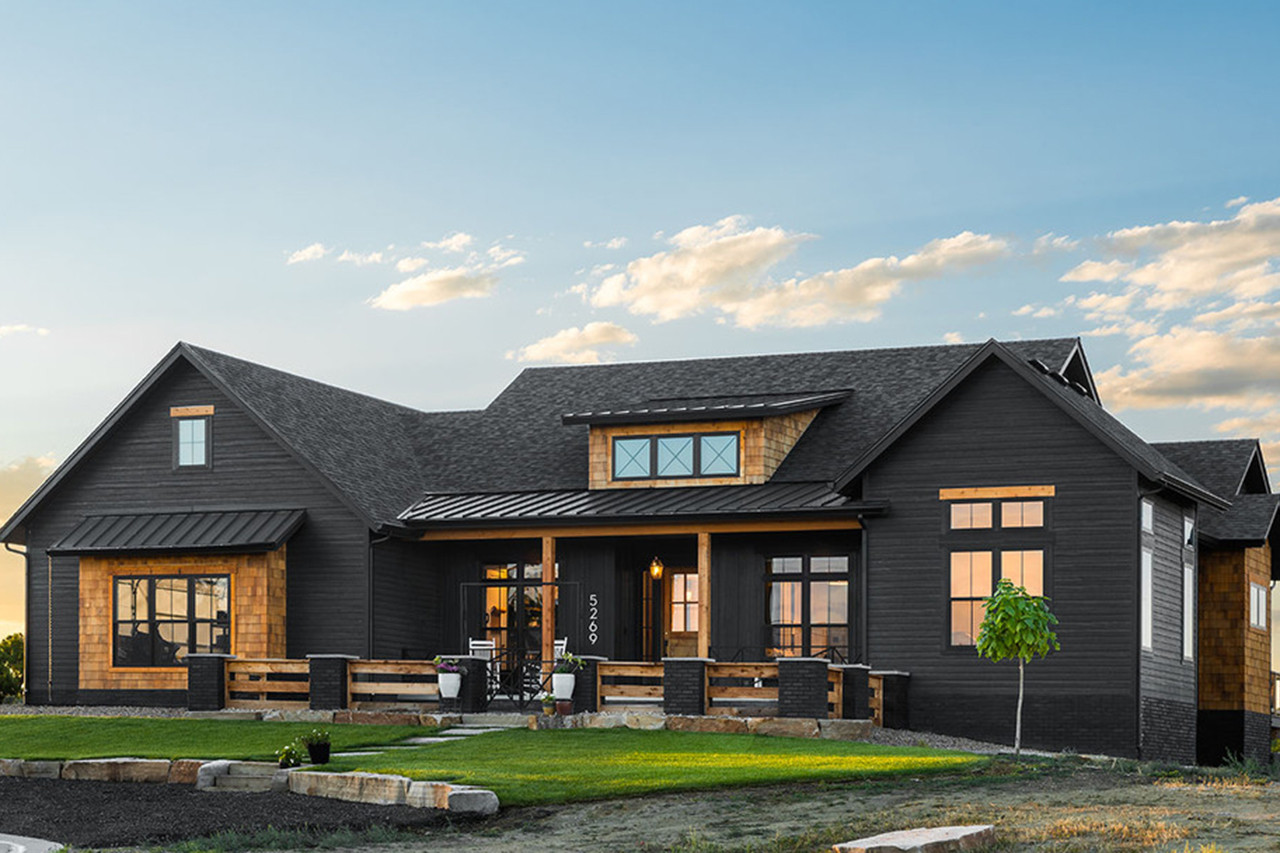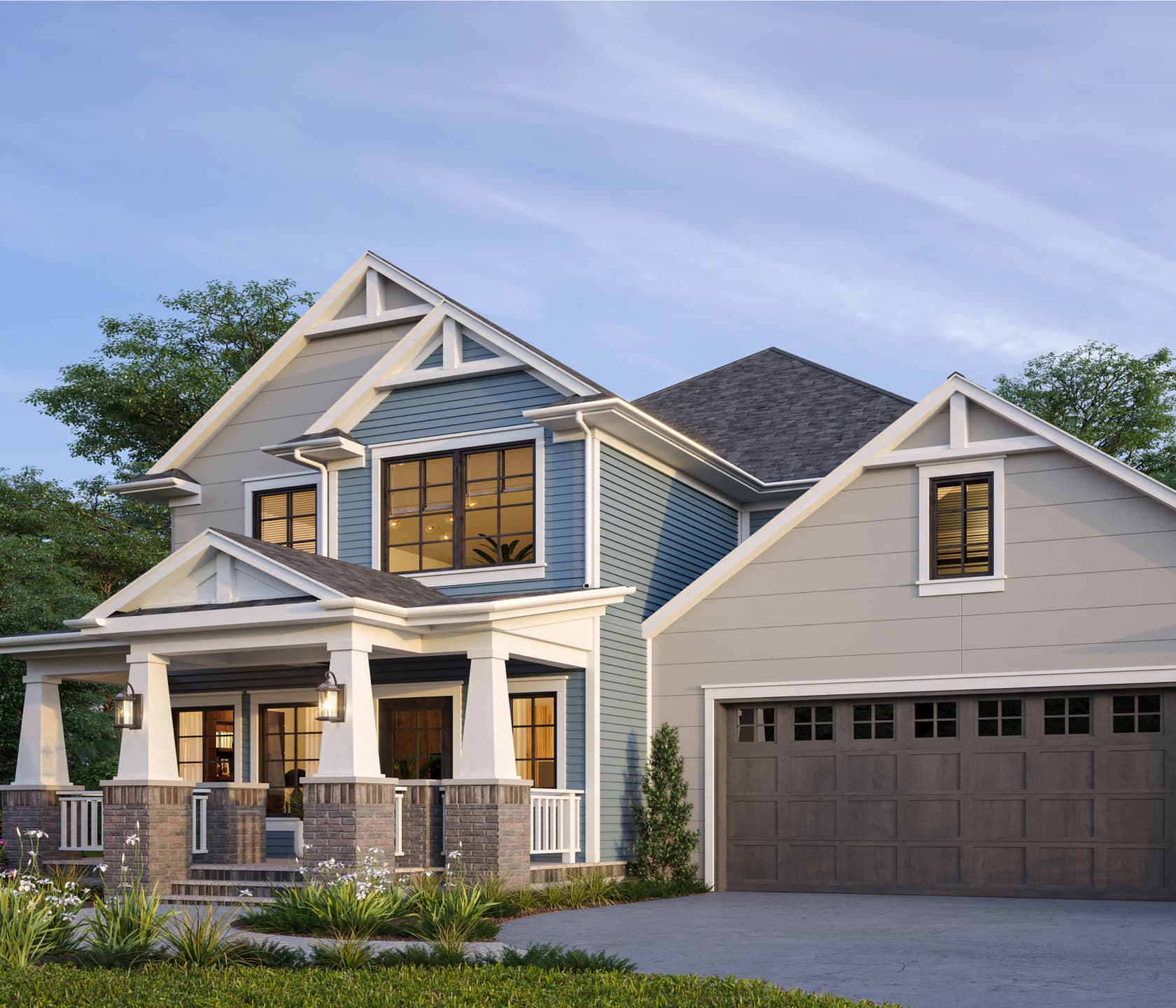Top 7 Creative Concepts for a Beautiful craftsman style house
The Function of Arts & & Crafts Architects in Elevating Architectural Solutions in Residential Style
Arts and Crafts architects considerably affect household layout via their dedication to workmanship and sustainability. They focus on handmade information and all-natural products, which enhance both looks and area identification. By entailing customers in the layout procedure, these architects develop unique space that resonate with individual preferences. This approach elevates inquiries about the future trajectory of domestic architecture and its possible influence on area dynamics. craftsman style house. What lies in advance for this timeless design approach?

The Concepts of Arts and Crafts Architecture
The significance of Arts and Crafts architecture lies in its commitment to workmanship and simpleness. This architectural activity emerged in the late 19th century as a feedback to automation, stressing the worth of handmade information and all-natural products. The concepts of Arts and Crafts architecture focus on capability and consistency with the setting. Frameworks typically include low-pitched roofs, wide eaves, and revealed rafters, advertising a feeling of unity with nature.
Artisans played a considerable role in this style, often incorporating ornamental aspects like discolored glass, tiles, and woodwork, which mirror neighborhood craftsmanship. The color scheme often tends to be earthy and controlled, allowing structures to mix flawlessly into their surroundings. In addition, the layout urges open flooring strategies and public rooms, cultivating a sense of togetherness. Generally, the concepts of Arts and Crafts architecture commemorate the appeal of simpleness and the significance of human link to both nature and neighborhood.

Sustainable Practices in Residential Design
While the need for environmentally liable living proceeds to expand, lasting methods in domestic design have obtained substantial grip among architects and homeowners alike. Architects are progressively including energy-efficient innovations and sustainable products right into their styles, aiming to reduce carbon impacts and improve energy preservation. Methods such as passive solar style, eco-friendly roof coverings, and rainwater harvesting systems are becoming common elements of modern property architecture.
The option of locally sourced products minimizes transportation exhausts and sustains regional economic climates. Focus on all-natural light and ventilation not only enhances interior air top quality but additionally minimizes dependence on artificial lights and climate control systems. These lasting methods mirror a commitment to maintaining the environment while providing home owners with comfy, efficient space. As understanding of environmental issues expands, the combination of sustainability in residential layout is positioned to become a defining quality of modern architecture, directed by the principles established by Arts and Crafts architects.
Personalization and Customization in Home Style
Customization and customization in home style have become key trends in feedback to my sources the expanding need for special living environments that reflect specific preferences and way of livings. Property owners increasingly seek to tailor spaces that reverberate with their individual identifications, leading to a more significant link with their space. craftsman style house. This motion motivates architects to involve clients in the layout procedure, promoting partnership that assures the final result personifies the home owner's vision
Components such as bespoke designs, personalized materials, and customized coatings permit a varied series of expressions in household design. Arts and Crafts architects play a crucial duty in this development, emphasizing workmanship and top quality. Their focus on integrating artistic components with functionality guarantees that each home is not just visually pleasing yet also distinctively matched to the residents' needs. This emphasis on modification improves the total property experience, creating rooms that are both individual and enduring.
The Impact of Arts and Crafts Architects on Area Appearances
As areas develop, the impact of Arts and Crafts architects significantly shapes their visual landscape. By stressing handcrafted information, all-natural products, and typical building techniques, these architects create homes that resonate with their surroundings. Their styles typically incorporate neighborhood vegetations, appearances, and colors, promoting a sense of consistency in between built environments and nature.
The Arts and Crafts motion advertises neighborhood identity with building continuity. By encouraging homeowners to embrace similar layout principles, areas develop a natural character that enhances aesthetic charm. This architectural harmony not only enhances the visual experience yet also imparts a sense of pride amongst homeowners.
The focus on sustainability and workmanship in Arts and Crafts architecture straightens with modern worths, making these designs relevant in modern setups. Ultimately, Arts and Crafts architects add considerably to the total elegance and social honesty of neighborhoods, leaving a long lasting influence on their visual tradition.

Future Patterns in Arts and Crafts Architecture
With an enhancing emphasis on sustainability and personalization, future patterns in Arts and Crafts architecture are positioned to mix traditional workmanship with modern additional hints advancement - craftsman style house. Architects are most likely to focus on environmentally friendly materials, making use of reclaimed timber and all-natural rock to improve the sustainability of household designs. The assimilation of smart home modern technology will certainly come to be widespread, enabling for individualized living experiences without compromising visual integrity
Moreover, the revival of artisanal methods will cultivate a restored gratitude for handmade elements, such as bespoke cabinets and personalized tile work. Future layouts might also reflect an emphasis on community-oriented spaces, encouraging communication and connection amongst citizens. Exterior living locations will certainly gain prominence, effortlessly integrating nature right into the home setting. As Arts and Crafts architecture develops, it will certainly remain to recognize its origins while adjusting to contemporary requirements, producing harmonious areas that show specific worths and lifestyles.
Frequently Asked Inquiries
What Inspired the Arts and Crafts Motion in Architecture?
The Arts and Crafts activity in architecture was inspired by a response against automation, stressing handcrafted high quality, natural products, and a return to standard craftsmanship, intending to create unified, practical areas that celebrated virtuosity and originality.
Exactly how Do Arts and Crafts Architects Collaborate With Clients?
Arts and crafts architects team up with clients via open discussion, prioritizing individual requirements and aesthetic appeals. They emphasize craftsmanship and sustainability, cultivating a collaboration that incorporates the customer's vision with the engineer's knowledge in layout and materials.
What Materials Are Generally Used in Arts and Crafts Homes?
Usual products in Arts and Crafts homes consist of natural timber, rock, and brick, emphasizing workmanship and organic visual appeals. These components develop a cozy, inviting ambience, showing the activity's dedication to high quality and simplicity in you can try these out style.
How Do Arts and Crafts Layouts Improve Indoor Living Areas?
Arts and Crafts layouts enhance indoor home by advertising natural light, open layout, and handcrafted information. These aspects cultivate a cozy, welcoming atmosphere, urging a connection in between homeowners and their environments via thoughtful, practical appearances.
What Are Some Famous Examples of Arts and Crafts Architecture?
Famous examples of Arts and Crafts architecture consist of the Wager Residence, Greene and Greene's masterpiece in California, and the Robie Residence by Frank Lloyd Wright. These structures showcase handcrafted information and harmony with nature, defining the activity's significance.